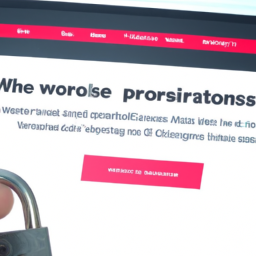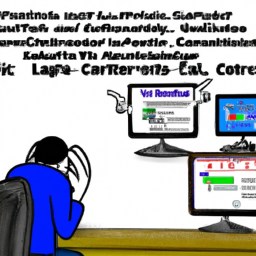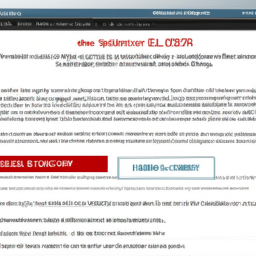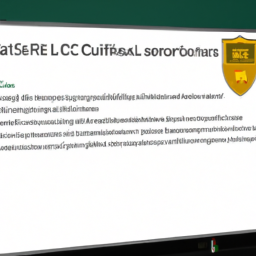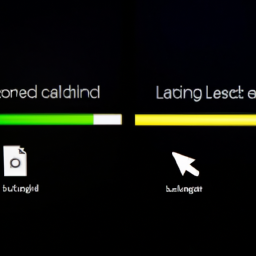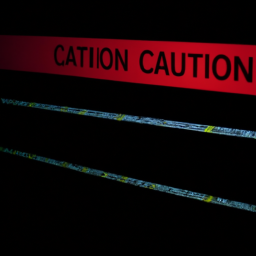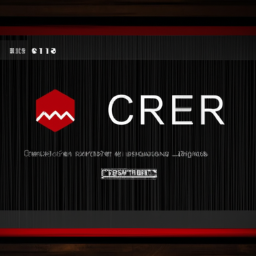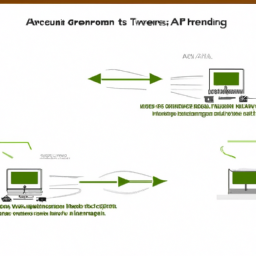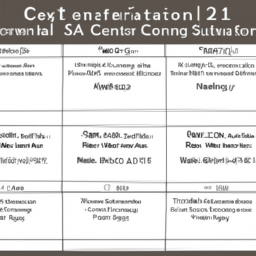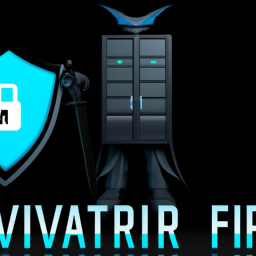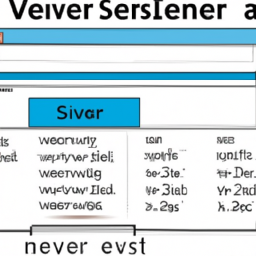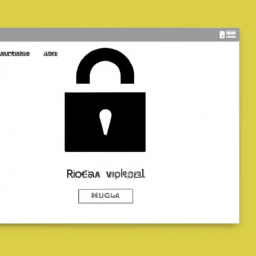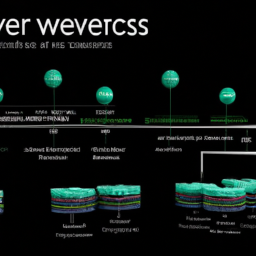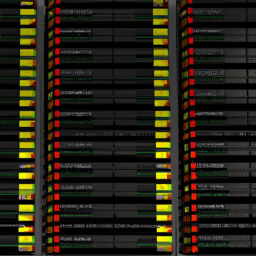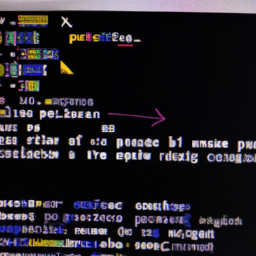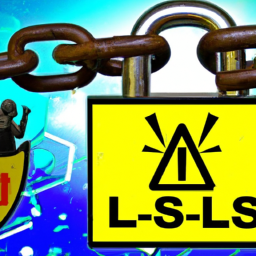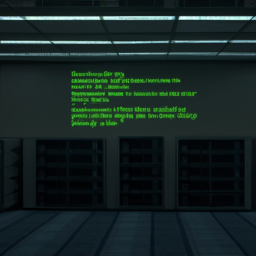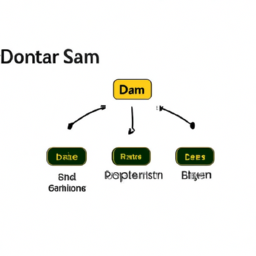Are you experiencing difficulties with your hosting backup and restore process? Frustrated by failed attempts to safeguard your valuable data? Look no further! In this comprehensive guide, we will walk you through the step-by-step process of troubleshooting hosting backup and restore failures.
Have you ever wondered why your backups are not completing successfully? The answer lies in identifying the root cause of the failure. We will show you how to analyze the problem and determine if it’s due to storage space limitations or incorrect backup and restore settings.
Once you’ve pinpointed the issue, it’s time to put your troubleshooting skills to the test. We’ll guide you through testing the backup and restore process, ensuring that everything is working as it should.
But what if the problem lies beyond your control? Don’t fret! We’ll also cover how to troubleshoot network and connectivity issues that may be hindering your backup and restore process.
Remember, you don’t have to face these challenges alone. If all else fails, we encourage you to seek professional assistance to resolve any persistent issues.
So let’s dive in and conquer those backup and restore failures together!
Key Takeaways
- Identify the root cause of backup and restore failures by analyzing error messages and system logs.
- Ensure sufficient storage space by calculating the size of website files and databases, and consider additional storage options or upgrade plans.
- Implement proper backup and restore settings, including data encryption for added security and evaluating backup frequency for up-to-date backups.
- Troubleshoot network and connectivity issues by checking stability of the internet connection, securing network cables, and using network troubleshooting techniques like pinging and traceroute.
Identify the Root Cause of the Failure
Now it’s time for you to put on your detective hat and figure out what went wrong with your hosting backup and restore. The first step in troubleshooting hosting backup and restore failures is to identify the root cause of the failure. This involves conducting a thorough root cause analysis to determine the underlying issue.
Start by reviewing any error messages or notifications that were received during the backup or restore process. Look for any patterns or commonalities that may point to a specific problem. Additionally, consider using various troubleshooting techniques such as checking the system logs, reviewing the backup and restore configurations, and performing tests on different components of the hosting environment.
By conducting a comprehensive analysis, you will be able to pinpoint the exact cause of the failure and proceed with the necessary steps to resolve it.
Now, let’s move on to the next section and check for sufficient storage space.
Check for Sufficient Storage Space
First, make sure you have enough storage space available for your hosting backup and restore. Are you confident that your storage capacity is sufficient for the task at hand? Evaluating your storage capacity is crucial to avoid any failures during the backup and restore process.
To optimize your backup storage, consider the following sub-lists:
- Calculate the size of your website files and databases to estimate the required storage space.
- Check if your hosting provider offers additional storage options or upgrade plans.
- Delete any unnecessary files or data from your hosting account to free up space.
By evaluating your storage capacity and optimizing your backup storage, you can ensure a smooth backup and restore process.
Now, let’s move on to the next section where we’ll discuss how to ensure proper backup and restore settings.
Ensure Proper Backup and Restore Settings
Make sure you’ve got the right settings in place to guarantee a seamless backup and restore process. Implementing data encryption is crucial to ensure the security of your backed up data. This will protect your sensitive information from unauthorized access. Evaluate your backup frequency to strike a balance between having up-to-date backups and reducing the load on your hosting server. Regularly backing up your data is essential to minimize the risk of data loss.
To emphasize the importance of these settings, consider the following table:
| Setting | Description | Importance |
|---|---|---|
| Data Encryption | Encrypts backed up data for added security | High |
| Backup Frequency | Determines how often backups are created | Medium |
By implementing data encryption and evaluating backup frequency, you can ensure that your backup and restore process is reliable. Now, let’s move on to the next section and test the backup and restore process.
Test the Backup and Restore Process
Let’s put the backup and restore process to the test and see if it stands strong like a fortress protecting your valuable data.
The first step is to validate the backup integrity. This can be done by restoring the backup to a test environment and ensuring that all the files and data are intact.
Additionally, it’s important to simulate a disaster recovery scenario to check if the restore process works smoothly under adverse conditions. This can involve intentionally corrupting some files or simulating a hardware failure. By doing so, you can assess if the backup and restore process can handle unexpected challenges.
Once you’ve validated the backup and restore process, you can move on to troubleshooting network and connectivity issues.
Troubleshoot Network and Connectivity Issues
Now, it’s time to dive into the world of network and connectivity issues and unravel the mysteries that lie beneath.
Network performance plays a crucial role in the success of your backup and restore process. When troubleshooting network issues, start by checking the stability of your internet connection. Make sure your network cables are securely connected and not damaged. You can also try restarting your modem or router to refresh the network connection.
If the problem persists, use network troubleshooting techniques like pinging the destination server or running a traceroute to identify any network bottlenecks or latency issues. Additionally, check your firewall settings to ensure they’re not blocking the backup and restore process.
If you’ve exhausted all troubleshooting options and the issue still persists, it’s time to seek professional assistance. Transitioning into the next section, remember that sometimes it’s best to rely on experts who can efficiently handle complex network problems.
Seek Professional Assistance if Needed
If you’re experiencing persistent network issues despite troubleshooting, it may be time to seek professional assistance. Did you know that 80% of businesses rely on IT support to resolve network problems efficiently? Seeking advice from an IT professional can help you identify and resolve complex network and connectivity issues that you may not be able to tackle on your own.
Here are some troubleshooting techniques that an IT professional may use to address your network problems:
-
Conduct a thorough network assessment to identify any underlying issues.
-
Utilize specialized tools to diagnose network performance and connectivity problems.
-
Analyze network logs and data to pinpoint the root cause of the issue.
-
Implement advanced troubleshooting techniques, such as packet sniffing or network traffic analysis.
Remember, seeking professional assistance can save you time and frustration by ensuring that your network issues are resolved effectively and efficiently.
Frequently Asked Questions
How can I determine if the backup failure is due to insufficient storage space?
To determine if the backup failure is caused by insufficient storage space, you need to check the available storage on your hosting platform. Here’s how:
- Access your hosting account.nn2. Navigate to the storage or disk usage section.nn3. View the allocated storage and the space currently being used.nn4. If the used space is close to or exceeds the allocated storage, it’s likely that insufficient storage is causing the backup failure.
What are the common backup and restore settings that need to be checked when troubleshooting failures?
When troubleshooting backup and restore failures, there are several common backup configurations and settings that you need to check. Firstly, ensure that the backup schedule is set correctly and that it’s running at the expected intervals.
Secondly, verify that the destination storage location has enough space to accommodate the backup files.
Additionally, check if the backup and restore settings are correctly configured, including any encryption or compression options.
By thoroughly examining these aspects, you can effectively troubleshoot any backup and restore failures.
Are there any specific tests that can be done to ensure the backup and restore process is working correctly?
To ensure the backup and restore process is working correctly, you can perform specific tests for backup testing and backup verification.
Start by verifying that the backup files are being created and stored properly.
Then, test the restore process by selecting a backup file and restoring it to a test environment. Validate that all data and configurations are restored accurately.
Additionally, regularly schedule and automate backup testing to ensure the process remains reliable and effective.
How can I troubleshoot network and connectivity issues that may be causing backup and restore failures?
To troubleshoot network and connectivity issues that may be causing backup and restore failures, start by checking network connectivity. Ensure that all cables are securely plugged in and that your internet connection is stable.
You can also try restarting your router or contacting your service provider. If the issue persists, run network diagnostic tools to identify any problems.
Remember, troubleshooting network issues is like untangling a snarled web of connections, but with patience and persistence, you can restore smooth data flow.
When should I consider seeking professional assistance for backup and restore failures?
When you encounter backup and restore failures despite following troubleshooting guidelines, it may be time to consider seeking professional assistance.
Professional assistance can provide you with expert knowledge and experience to resolve complex issues that may be causing the failures. They can help identify and address underlying problems with your hosting, network, or connectivity.
Their expertise can save you time and frustration by efficiently resolving the failures and ensuring the safety of your data.
Conclusion
So, in conclusion, troubleshooting hosting backup and restore failures can be a complex process. It requires identifying the root cause, checking storage space, ensuring proper settings, testing the process, and troubleshooting network issues.
However, it’s worth the effort as data loss can be detrimental to businesses. In fact, according to a study by EMC, organizations lose an average of $9000 per minute due to data loss. Therefore, taking the necessary steps to resolve backup and restore failures is crucial to avoid financial and operational setbacks.


















